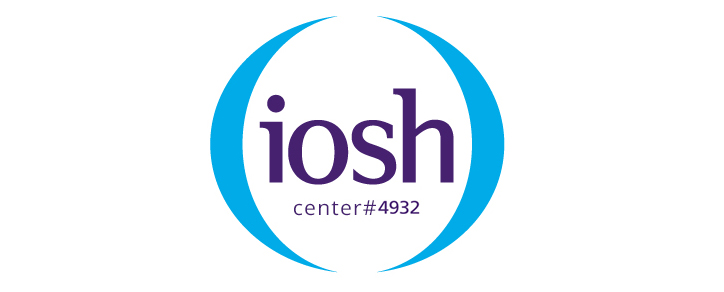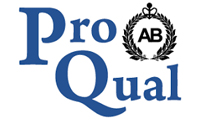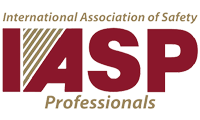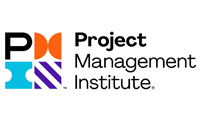Every company has safety concerns that, if not properly handled, might have an effect on its personnel. Occupational safety refers to certain specific kinds of safety concerns.
Many facets of physical, mental, and social health and safety at work are covered under occupational safety. It is where all of the company’s efforts to get rid of risks and accidents at work come together.
Every sector exposes its workers to a variety of safety risks. Concerns about safety at work can range from small ones to ones that are very serious and need to be fixed right away. Fires, explosions, chemical hazards, and other similar situations pose a more immediate risk to an employee’s life. Milder risks include issues with ergonomics, workloads, mental capacity, and workers’ overall wellbeing. The latter kind of dangers often occur in an office setting. But, no matter what line of work you are in, someone might always have an accident.
Maintaining workplace safety reduces costs.
A personal cost of a safety failure may be the greatest and most immeasurable. An person may be forced to adapt an entirely new lifestyle and even self-identity due to the loss of a limb or years of mental rehabilitation. It’s challenging to determine how to assign a cost to such kinds of occurrences. Fatal injuries, in which people actually die while doing their activities, are definitely not something we can measure in terms of money. In addition to the person who is killed, there are many other people who are directly affected by it, such as family, friends, coworkers, and others.
Also, these mishaps have a direct effect on the business’s revenue. An injured worker easily results in innumerable missed man-hours, which adds up to billions and even trillions of euros in costs for the organisation. The projected $450 billion cost of non-fatal injuries and occupational illnesses only applies to the US. In a similar way, it is said that $171 billion was spent on deaths in the US in 2019. From a business’s standpoint, the costs don’t only mount up because of productivity losses, but also because of rising insurance prices.
Reduced productivity and higher staff retention represent two more significant losses to a business. Everyone wants to feel secure. It’s not surprising if a worker loses motivation at work after seeing a teammate fall off a lifting track because there weren’t enough safety measures in place. Another argument is that the best employees often depart first when morale is low.
Safety at work opens up new possibilities.
Another perspective is to embrace occupational safety as an untapped potential rather to just viewing it as risks and expenses that should be handled and reduced.
The tale of Alcoa is one instance of this. The maker of aluminium products is renowned for realising the value of workplace safety and demonstrating how investing in it can enhance business earnings. When he became CEO, Paul O’Neill said that he wanted to make Alcoa the safest company in the US. He encouraged staff members to provide thoughts and ideas for how to increase safety rather than just reporting on recent injuries and deaths. Because of this, the company’s culture changed quickly, and workers started coming up with more ideas for improvement. Alcoa was able to make a lot more money in the end because of the ideas its workers came up with. Also, they learnt how to adjust, draw lessons from failure, and develop better procedures.
The reputation and productivity of a corporation are impacted by occupational safety
It is important for businesses of all shapes and sizes to examine their workplace safety. If a business wants to enhance its procedures, it must be able to adapt and learn from mistakes.
The aforementioned factors alone are sufficient to motivate any necessary changes at work. We also live in a time when everyone may upload negative management experiences to their social media accounts or write a review of the business on Glassdoor.com. No company should want a potential worker to find out online that they don’t put enough money into safety at work. In such case, the HR department can start to receive a decreasing number of applications from qualified individuals.
It is clear that businesses, large and small, are very concerned about even the tiniest violations of an employee’s health and safety. Yet the issue shouldn’t have started with complaints on social media or job search websites. Investing in workplace safety should only be done when the health and safety of the workers, as well as the productivity and growth of the business, are really important. Again, this is a huge benefit for keeping staff and choosing the best applicants.
The first operational engagement platform is what we are creating. Our goal is to make finding, talking about, fixing, and learning from problems and observations as easy and fun as thinking about them.
By doing this, we give work a deeper meaning for everyone involved.
Find out more at Ahlan Safety.








